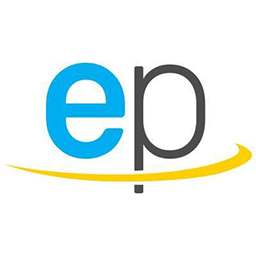Better product enclosure fit with True 3D component shapes
15-09-2015 |
Zuken Ltd
|
Design Applications
Using True 3D, Zuken helps product designers meet the challenges of today’s
ever-smaller and complex enclosures, with 3D clearance analysis using true
component shapes. True 3D checks of multi-board designs can be carried out
against all aspects of a product, including the enclosure. This latest
version of Zuken’s CR-8000 single and multi-board design solution also
includes improved accuracy in layer configuration design work through
transfer of layer configuration data between CR-8000 Design Force and Polar
Instruments Speedstack.
Zuken’s CR-8000 is the industry’s only next-generation, product-centric
design solution for creating complex product designs. CR-8000 Design Force
enables design teams to easily create any design from quick prototype boards
to complex, multi-board systems using a single tool, says the company.
Bob Potock, vice president of marketing, Zuken Americas, said: “Successful
companies build more competitive products faster and with lower risk. Next
generation products will require those same companies to shift from
PCB-centric to product-centric design practices to remain competitive.
CR-8000 is leading the way in product-centric design and the 2015.1 release
will strengthen our customers’ competitive positions with the addition of
true 3D product-centric capabilities.”
Clearance analysis to the true component shape - As manufacturers push to
fit boards in ever-smaller spaces, enclosures become more complex and
achieving a good product fit gets harder. It is estimated that up to 50% of
prototypes need to be reworked at the manufacturing stage because of a fit
problem creating significant project risk in terms of cost and time for
product designers.
To help meet this challenge, CR-8000 Design Force now allows users to
perform even more accurate 3D checks by using a true 3D component model with
a precisely-matched 3D shape, rather than simply using a shape defined by a
boundary box. Accurate shape parts can be used for collision checks and 3D
clearance checks. This ability to check the enclosure early and continuously
in the design process supports better collaboration between the electrical
and mechanical design teams, eliminating the silo effect and reducing time
to market and design iterations.
Detail board stackup design and specification - Layer configuration data can
now be transferred between CR-8000 Design Force and Polar Instruments
Speedstack, bringing the manufacturing and PCB design stages closer
together. This ensures that the most accurate and up-to-date information
from material manufacturers and PCB manufacturers is being used, removing
the need to re-input stackup data thus saving time and improving quality.
User productivity and efficiency enhancements - A number of productivity and
user operability enhancements are available in CR-8000 2015.1, including:
1 - Design edit function enhancements - It is now easy to create line shapes
considering the production yield ratio and signal quality.
2 - Track width changes - When routing with the track/route differential
pair/bundle route command, the track width now changes automatically on the
boundary of a rule area.
3 - New export formats for outputting waveforms in the waveform viewer,
improving efficiency in documenting and reporting signal results for
engineering information and review.
By Electropages
Electropages is a trusted source of news and insights from the global electronics industry. With a dedicated team of experts and editors, Electropages delivers in-depth articles, product updates, and market trends across sectors such as embedded systems, IoT, connectors, and power solutions. Our mission is to empower engineers and professionals with the knowledge they need to innovate and succeed in a rapidly evolving technological landscape.
